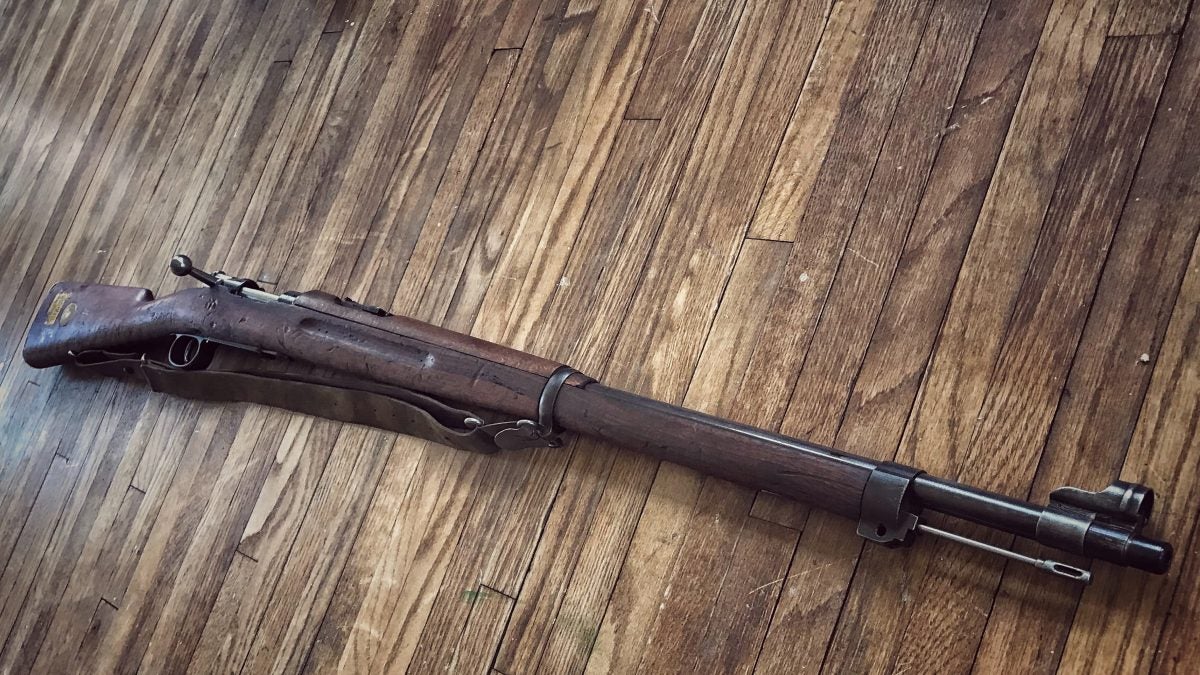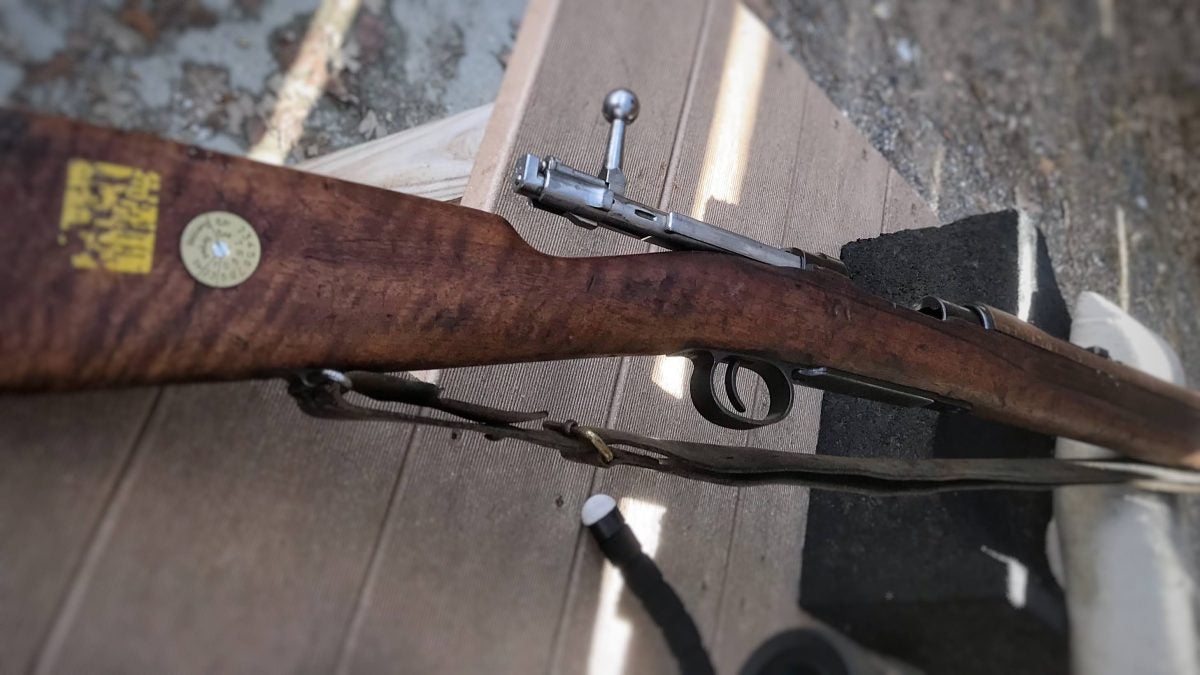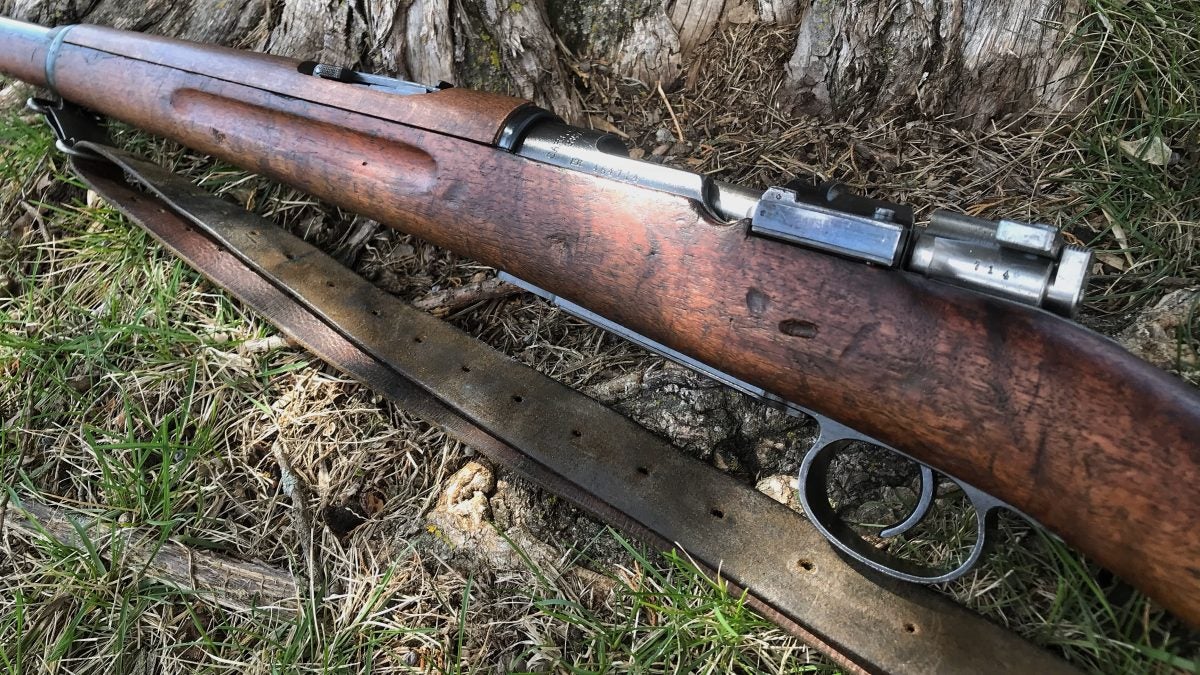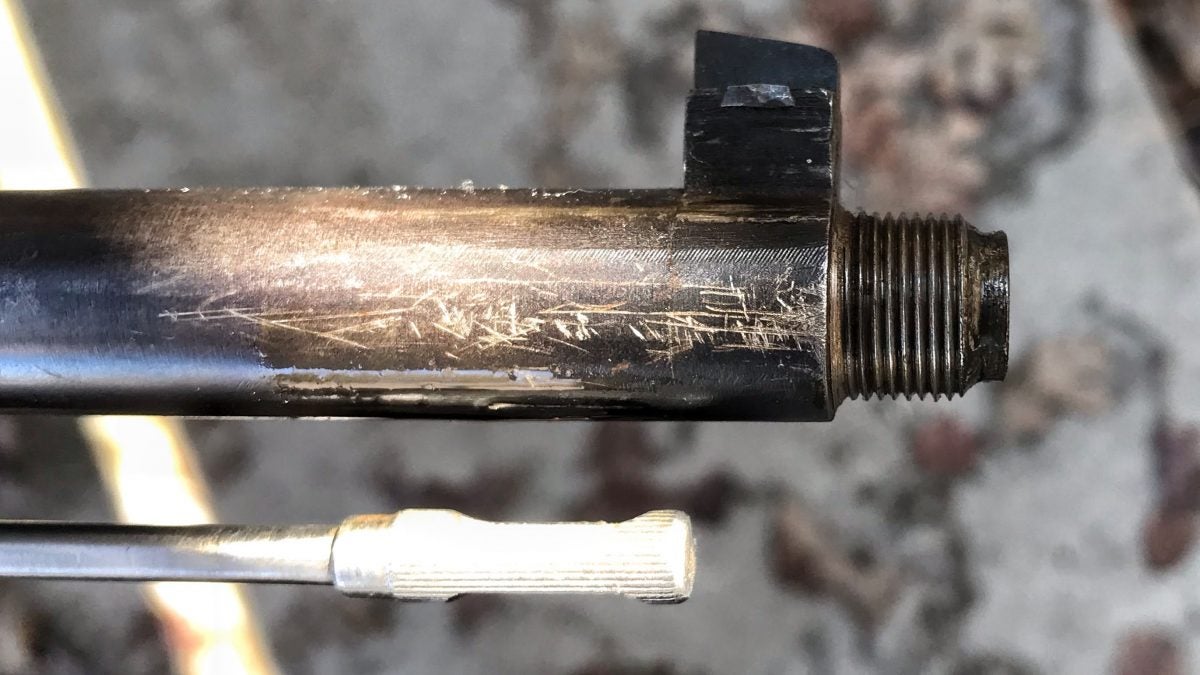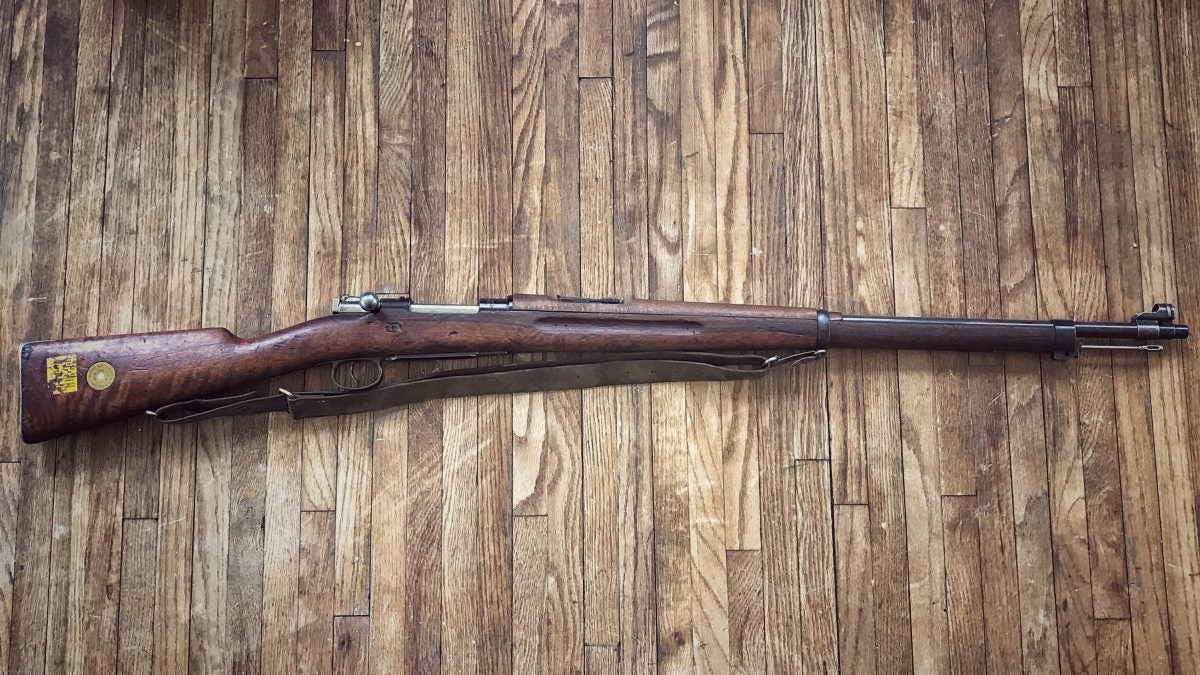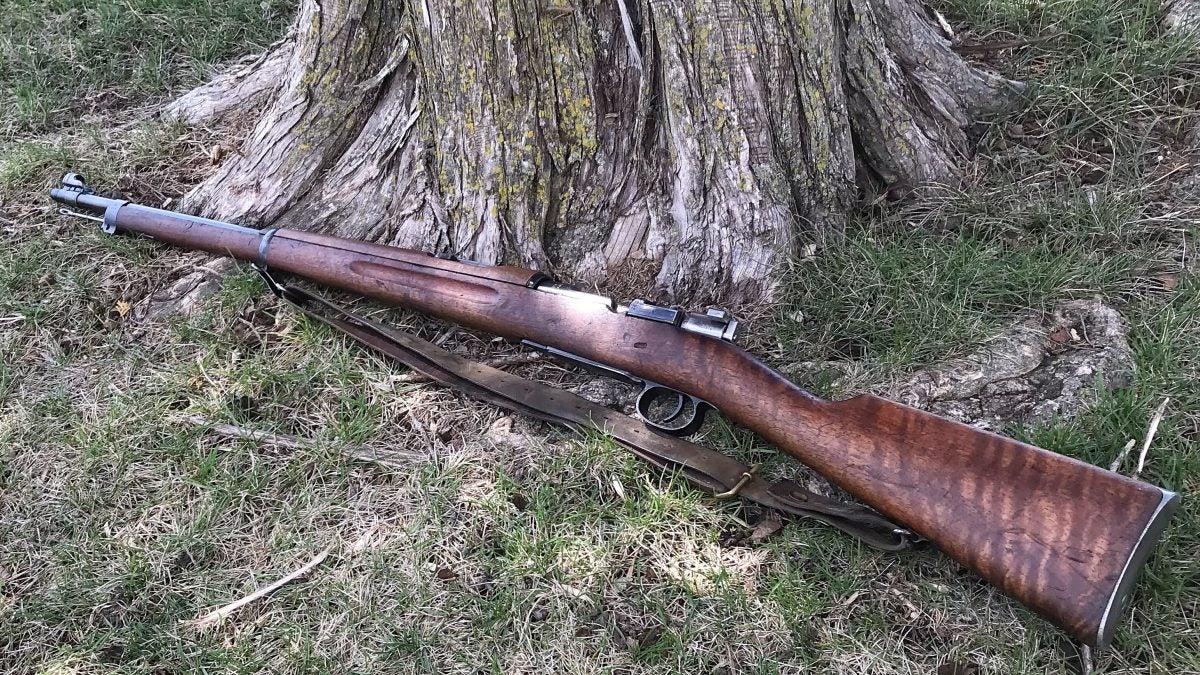Curious Relics #011: The Swede – The M96 Swedish Mauser
Sam.S 04.21.21
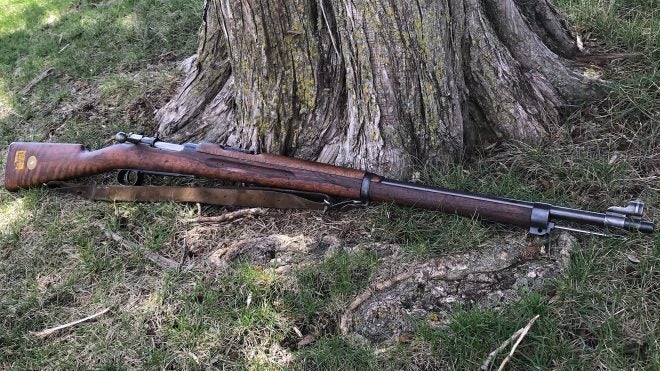
Welcome, if you are a newcomer to this fun bi-weekly segment of AllOutdoor.com! The last time around I covered the Stevens 325-A. Despite the interesting factoids, I really enjoy going over older firearms and especially when they get some range time. It has been a cold couple of weeks up here in Minnesota, but it has gotten warmer and I had the opportunity to take out this old rifle for you today. The M96 Swedish Mauser. Let’s dive right in!
Welcome to our recurring series of “Curious Relics.” Here, we want to share all of our experiences, knowledge, misadventures, and passion for older firearms that one might categorize as a Curio & Relic – any firearm that is at least 50 years old according to the ATF. Hopefully along the way you can garner a greater appreciation for older firearms like we do, and simultaneously you can teach us things as well through sharing your own expertise and thoughts in the Comments. Understanding the firearms of old, their importance, and their development which lead to many of the arms we now cherish today is incredibly fascinating and we hope you enjoy what we have to share, too!
Note: The rifle pictured is my personal M96 Swedish Mauser. I had purchased it as a barreled action and brought it back to its former glory. This is why the wood may not match great in some light or an explanation of the presence of a thread protector, sight hood, and reproduction stock disc.
History Abridged: M96 Swedish Mauser
The initial part of the M96 Swedish Mauser’s story really begins with the arms race to smokeless powder cartridges and small arms after the introduction of the 1886 Lebel rifle and its “small bore” (small in comparison to the common 11mm or 12mm bores of the time) cartridge. Then, jumping to around 1889, Sweden and Norway decided to come up with a new and standardized infantry rifle and cartridge. While this was happening the common infantry rifle was the Jarmin and the Rolling Block rifles which were being converted to the new Krag-Jorgensen cartridge.
In the book, The Swedish Mauser Rifles by Steve Kehaya and Joe Poyer, they expand on really how fast the process of finding a new military rifle was back then.
“The Joint Commission worked assiduously to find a new rifle. Extensive testing was conducted of the then-current military rifles, including Mauser, Krag-Jorgensen, Lee, Mannlicher, Kropatschek, Marga, and Schmidt Rubin. At the same time, development of the cartridge moved ahead. Sweden initially preferred a semi-rimmed cartridge, but the advantages of a rimless case soon became apparent. A new rimless design based on the Austrian Roth 7mm cartridge, was developed for a 6.5mm bullet and became the leading contender over the 8mm Krag-Jorgensen round.
The commission met in Kristianna, Norway on November 3, 1893 to finalized the cartridge selection. The 6.5x55mm cartridge was adopted by both Norway and Sweden. It had a 10.1gm (156 grain) round nose bullet with a maximum diameter of 6.7 (0.264 inch). It would be loaded with a smokless powder of suffcient quantity to propel the bullet 699.2 meters per second (2,296 feet per second).
The Norwegians selected the Krag-Jorgensen as their new infantry rifle while the Swedes chose the Mauser. Both rifles were to be chambered for the new ‘Union Cartridge’ to honor the joint commission’s work and promote solidarity between the two countries.”
The M96 Swedish Mauser was never called “The Swedish Mauser” by anyone really other than Americans when they started to circulate into the used/surplus firearm market. This is mostly due to the fact that there are so many Mauser rifles out there and it is just simpler to refer to them as such.
There is a trinity, so to speak, of Swedish Mauser rifles. These will be covered more in-depth below in the variations, but it should be mentioned that the M96 Swedish Mauser of today’s topic was officially adopted in March of 1896. The Swedish Mauser rifles would remain in service for a very long time and slowly be phased out in the 1950s. The M41 and M41B Sniper variants would soldier on into the 1980s.
Today, the Swedish Mauser is often referred to as “the best of the Mausers” and for good reason. Throughout its whole production, the steel never changed or suffered any sort of mishandling or heat treating catastrophes, the fit and finish of these rifles are fantastic, and it has an excellent cartridge that was ahead of its time. This rifle is a beast and a tough, quality one at that!
Variations: M96 Swedish Mauser
It may surprise you to know that the “standard” infantry rifle (M96) was not the first to be adopted. First, there was a test run of the M93 Mauser. The number built for Sweden by Mauser Oberndorf was roughly 52 prototype units. Very quickly after production got started and standardized Sweden started with the M94 which was their version of the M93 Mauser. The “trinity” I referred to earlier is the M94, M96, and M38.
- M94 Carbine: Made from 1895 to 1918. It was known as the Karabin m/94. Had a 17.5-inch barrel and an overall length of 37.3 inches.
- M94-M96 Carbine: A slightly modified M94. Basically, the sling swivels were moved because of the Coastal Artillery troops and Engineer preference on how they carried their rifles.
- M94-14 Carbine: Added a bayonet lug at the Naval force’s request. This modification would later spread to all future M94 Carbine variants and previous ones.
- M96 Rifle: Our rifle today! Dubbed the Gevär m/96. This was adopted in 1896 as the standard infantry rifle and its specifications can be found in Part II.
- M96B Rifle: The “B” designation indicates the rifle has been threaded at the muzzle to accept a blank fire device. We will go over the whole blank thing in a future part! Very exciting.
- M96-38 Rifle: The Gevär 96/38. By 1938 it was decided that the m/96 rifles with their 29.1 inch long barrels were too long. Roughly 30,000 M96 rifles were re-barreled with 23 inch long barrels. These changes would be made along with a new 139-grain spitzer 6.5×55. Some would later be equipped with new sights.
- M96-38B Rifle: Threaded for blank fire device.
- M38 Rifle: Pretty much a different factory’s copy of the M96-38. Made from 1942-1944 by Husqvarna. These were produced with the marking “HUSQVARNA VAPENFABRIKS AKTIEBOLAG” and are distinguished by turned down bolt handle.
- M41 Sniper Rifle: Made from 1941-1944. These rifles are allegedly still in use today, but most likely as hand-me-downs to other lesser militaries out there. These were hand-selected M96 Rifles due to their accuracy. These rifles used AJACK 3x scopes and have a turned-down bolt.
- M41B Sniper Rifle: NOT THREADED! These were NEVER allowed to fire blank ammunition. The “B” refers to the change from the AJACK scopes to the AGA 42 and 44 scopes. This modification took place in 1955.
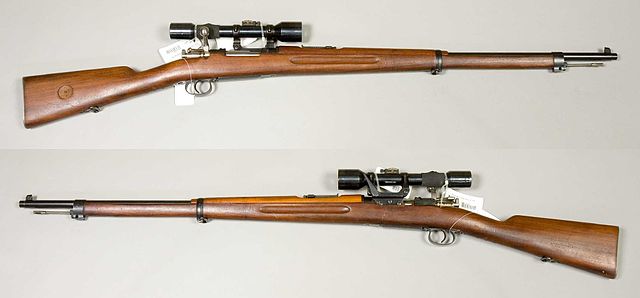
Note: It should be mentioned there are other variants such as target rifles (FM/23, FM/23-36), Swedish Volunteer Shooting Movement member rifles (FSR M38-96), Swedish Civilian rifles (CG 63 and CG 80), and a variant of the M96 sold to the Duchy of Luxemburg (The Luxemburg Rifle). These all have the obvious upgrades or downgrades that may be attached to their name. It is mostly sporterized target stuff which will not be covered this time around due to word count.
End of Part I: M96 Swedish Mauser
Well, ladies and gentlemen, we are closing out the first chunk of our multi-part segment on the M96 Swedish Mauser. Soon enough Part II will come along and I will come back in and link to it here. Till then keep an eye out for some more information on “the best of the Mausers“. I hope to get the chance to go over some more juicy details on the M96 Swedish Mauser soon!
In closing, we here at AllOutdoor hope you enjoyed the newest segment and maybe even learned something you did not know before. So what do you think of this design? Do you want to go out and find one to have for yourself? Why do you think this firearm was so well received at the time of its appearance? As always, let us know all of your thoughts in the Comments below! We always appreciate your feedback.
Citations:
Poyer, J. (1999). The Swedish Mauser Rifles. In 1315828776 966895100 S. Kehaya (Author), The Swedish Mauser rifle (Third ed., pp. 4-5). Tustin, CA: North Cape Publications.
